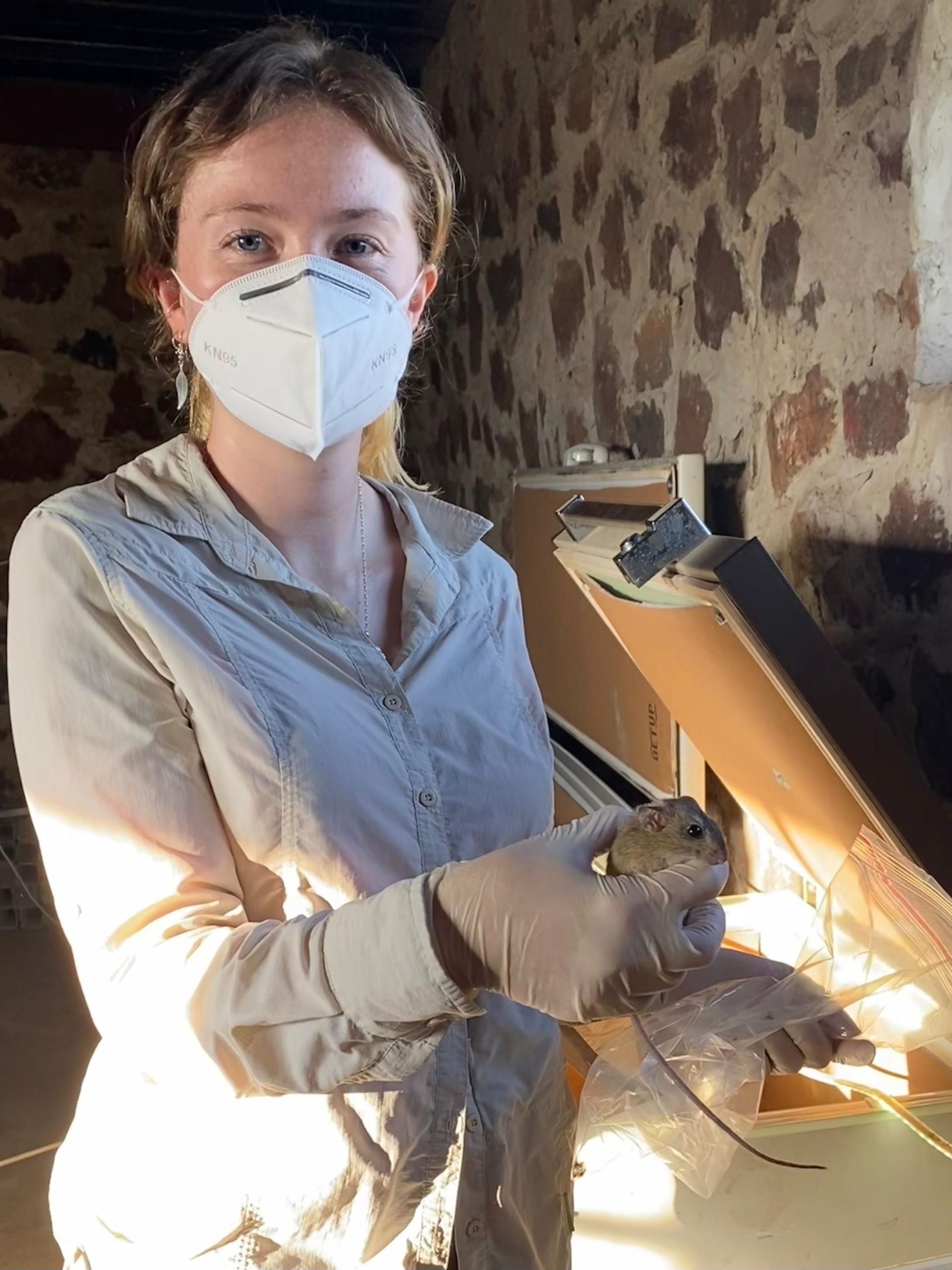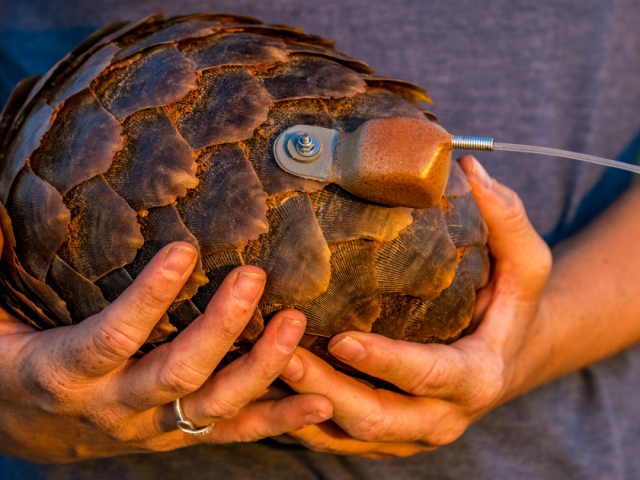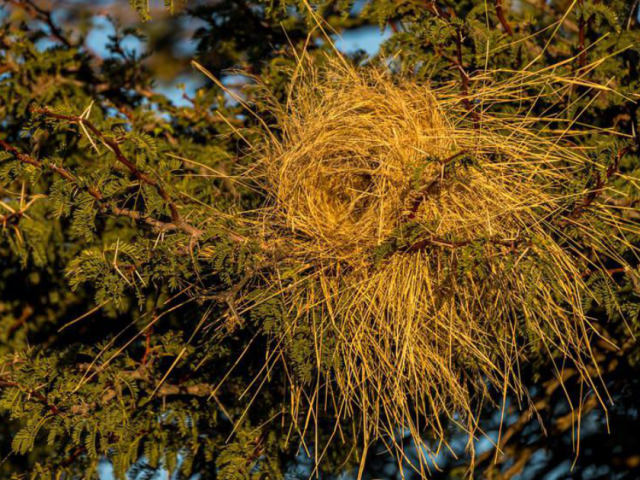Nature talks, and listening in can tell scientists and conservationists what’s out there, and where it is.
At Telperion Nature Reserve, a partner entity of Oppenheimer Generations Research and Conservation, a team of researchers from Unisa’s Applied Behavioural Ecology and Ecosystems Research Unit (ABEERU), have deployed ultrasonic detectors to record small mammal vocalisations. They aim to identify individual species through ultrasonic calls, much as is done with bats.
The first step is to record the mammals in a captive environment to create a library of vocalisations. After that, the researchers plan to record them in the wild using detectors, and with the data they can establish occupancy (whether a species occurs in an area) and distribution patterns without having to catch the animals.
Communication is vital in animals, as it serves multiple purposes (mate location, territorial defence, social dominance / hierarchy, coordination of group behaviour and caring for young) and takes multiple forms (visual, auditory, chemical, and tactile). Perhaps the form of communication with which people have the closest affinity is audible oral communication; talking, in the case of humans. Many studies have shown that similar, although perhaps not as advanced, diverse, and sophisticated, communication systems exist in animals. Think whales, chimps, birds and so on.
Until relatively recently, our own physiological and technological limits have confined our understanding or interpretation of what constitutes aural communications to the audible range of frequencies (essentially from 0 Hz to about 20 kHz), depending on the age of the person in question. As we age, our hearing deteriorates and our ability to detect signals in the upper frequency ranges declines. However, as technology has advanced and our understanding of bioacoustics has progressed, it has become apparent that animals emit sounds, whether those be vocalizations or generated by other propagation mechanisms, from the very lowest frequencies (ca. 15 Hz in the case of low frequency rumbles by elephants) to the very highest frequencies (ca. 300 kHz in the case of the wax moth), which are way beyond the range that we can hear. In the case of mammals, the highest vocalization frequency yet to be recorded is that of the Percival’s trident bat that emits an echolocation vocalisation at ca. 212 KHz.
When it first became apparent that animals were vocalising in frequency ranges beyond our physical limits, the challenge was laid down to try to record these vocalizations. The first documented scientific use of bioacoustics was experiments with crickets performed by Slovenian biologist Ivan Regen. The first ultrasonic detector was developed in 1938, but this device was cumbersome and only really fit for laboratory work. As technology advanced detectors got smaller and more sophisticated allowing for passive recording of ultrasonic signals. This in association with development of digital technologies that have enabled us to visualise ultrasonic vocalisations and slow them down so that they are intelligible to the human ear has advanced our ability to interrogate ultrasonic bioacoustic signals. Current technology allows us to record, quantify and categorise ultrasonic vocalisations within a broad range of frequencies (from 20 KHz to > 200 KHz).
McCabe and Blanchard documented sonic vocalisations of various Peromyscus species (deer mice) in 1950, and the first recordings of ultrasonic vocalisations by Mus musculus (house mouse) were made in 1954. Despite this, while the use of ultrasonic bioacoustics in the bat world has for a long time been an industry standard, it is only within the past 10 years that it is becoming more popular within the realms of terrestrial small mammal biology, notably in the United States and Britain.

Standard methods of inventorying terrestrial small mammal biodiversity require that animals be physically captured (either using live traps or snap-traps). Such methods are costly both in terms of equipment and researcher hours, and, in the case of snap-trapping, detrimental to the extant small mammal populations. However, if it were possible to discriminate between different species of small mammals based on their vocalisations, it might then be possible to undertake field studies to establish terrestrial small mammal biodiversity without the need for physical capture of the animals. It is this potential that stimulated us to develop two MSc research projects to document the species-specific calls (both in the audible and ultrasonic frequency ranges) for the assemblage of small mammals on Telperion Nature Reserve.
The first step in the process is the development of a species-specific call library for the small mammals of Telperion Nature Reserve. To do this, two MSc students, Georgia Muller and Thato Mathoko, have developed a protocol to make recordings of individual, wild-caught, terrestrial small mammals. The first step in this process was to establish a field bioacoustic laboratory near to the ABEERU research centre on Telperion Nature Reserve, and to do so Muller and Mathoko converted a disused building. This involved sealing the building from possible intrusion by bats and other organisms that might introduce “noise” into what should ideally be a building that is free of extraneous noise. Then they devised and installed anechoic, or echoless, chambers in the field bioacoustic laboratory in which they could contain captive animals (in ethically sound conditions) to make isolated, species specific, recordings of the animals’ vocalisations.

Supervising the projects are three researchers with extensive expertise in small mammal biology and ecology: Dr Leigh Richards from the Durban Natural Science Museum, who has extensive experience in bat bioacoustics, Dr Maria Oosthuizen, an expert terrestrial small mammal biologist, and Dr Haemish Melville, who brings an ecological bent to the table.
To date, Muller and Mathoko have managed to make at least one recording of vocalisations from 12 of the 18 extant terrestrial small mammal species on Telperion Nature Reserve. These include Micaelamys namaquensis (Namaqua rock rat), Mastomys (Multimammate mouse), Gerbilliscus leucogaster (Bushveld gerbil), Gerbilliscus brantsii (Highveld gerbil), Rhabdomys dilectus (Mesic four-striped grass rat), Acomys spinosissimus (Southern African spiny mouse), Steatomys pratensis (Common fat mouse), Otomys spp. (vlei rat), Crocidura mariquensis (Swamp musk shrew), Crocidura cyanea (Reddish-gray musk shrew) and Elephantulus myurus (Eastern rock elephant shrew).
They are hoping to complete the process of making recordings for all species on Telperion by the end of May 2024. Thereafter they plan to make species specific descriptors (based on the frequency range of the vocalisations and the morphology of the vocalisation sonograms) of small mammal calls which will form the basis of the species-specific call library for the reserve. Once that process has been completed, they will determine whether it is possible to detect free roaming small mammals on Telperion Nature Reserve using passive acoustic monitoring approaches. Should they be successful in this endeavour, the implications for Southern African terrestrial small mammal research are extraordinary as it will be possible to assess whether certain species are present, map their distributions, investigate habitat selection and evaluate relative abundance, all without having to physically capture the animals.
Dr Haemish Melville is a terrestrial mammal ecologist based out of the Applied Behavioural Ecology and Ecosystems Research Unit (ABEERU) at Unisa.


Additional News
Pangolins are elusive and heavily trafficked. At Tswalu, researchers are working to uncover their secrets and aid conservation.
Declining Sparrow-Weavers may threaten other birds that rely on their old nests for shelter.





